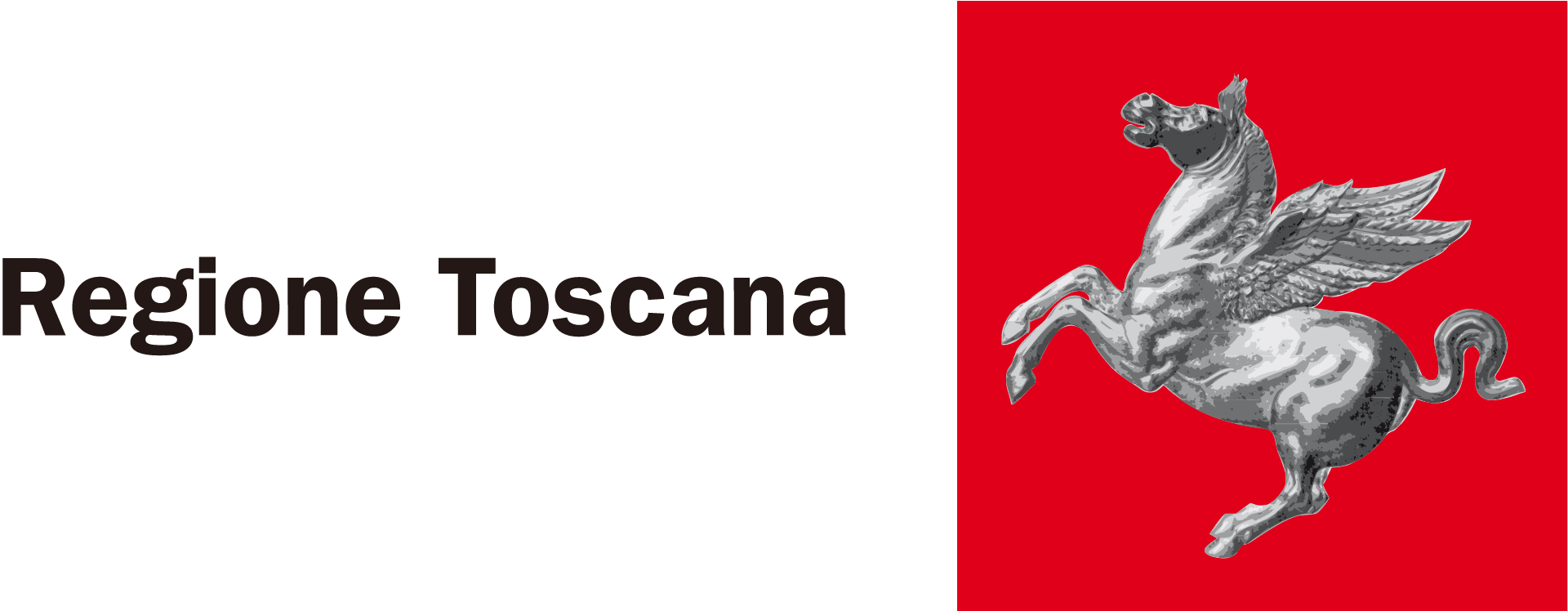In recent years, the renewed interest in public investment policies and the rediscovered centrality to economic growth processes of the infrastructure endowment have boosted the spread of evaluation tools for the selection of intervention projects. In other words: the application of methods of analysis based on precise technical instruments and well-defined methodologies that refer to specific theoretical contexts (the utilitarian principles of Welfare Economics in Cost-Benefit Analysis).
Need for the support of information and professional expertise have guided the application of these to the major infrastructure projects, for which resources were available. Despite this, over time some attempts at a more generalised use have been made even in Italy. For example: the experience of the Cassa per il Mezzogiorno (Fund for the South), which in the 60s bound part of the funding to the achievement of certain profit parameters, or the experience of FIO, which in the 80s promoted a complex and elaborate analysis procedure on a broad scale.
The salient feature of the study presented here is precisely the application of a method of analysis (in this case the Cost Benefit Analysis) to a vast and heterogeneous set of projects, in line with principles of methodological rigour – albeit complied with in whole or in part. The idea behind this attempt is to appraise:
• the effective applicability of these evaluation methods in an extensive manner;
• the possibility of introducing these analysis processes into administrative practice, or at least of addressing greater attention to criteria of economic validity and managerial planning in public expenditure decisions.
The Tuscan Regional Authority has fostered attention to these issues, and not coincidentally the initiative emerges within the Framework of Community Programmes on Development. For some time, the European Community has been moving in the direction of a dissemination of evaluation methods. This proposition is, inter alia, now also shared by the Ministry of the Economy in this area, in harmony with the decisions of the Tuscan Regional Authority.
Hence, the cue for this research is the initiative of the Ministry for the Economy and Finance designed to offer financial incentives to reward the virtuous behaviour of those administrations that put forward for evaluation a significant quota of the projects accepted for ERDF funding (SPD Single Programming Document 2000/2006) an initiative known by the name of rewarding.
The organisation of the study is based on the following points:
• the information was collected and organised in tabular form, using a form as support; this decision for the “orthodox” application of the method was dictated by the dual objective of stimulating the proponents to make an analytic presentation of the project while also enabling a synthetic comparative analysis of the actions; moreover this approach was adopted in an experimental manner, with a view to appraising the responsive capacity of the administration;
• the form was arranged in sections to gather general information about the projects: analysis of demand and supply, financial analysis of the investment and management, economic analysis of the direct and indirect effects; it was accompanied by an explanatory guide and a list of demand and supply and economic indicators broken down by sector;
• the basic data per project were organised in an archive, making it possible to cross-check the homogeneity of the information and also allowing a comparative analysis of the financial and economic profitability, sensitivity and risk;
• submission of the form was rendered a mandatory condition for the projects’ eligibility for funding;
• submission of the form was at the responsibility of the beneficiary, while at the same time technical support was organised in the form of a working group; the members of the working group, specialised by sector of intervention, therefore took an active part in the collection and processing of the information, contributing to the completeness and consistency of the information recorded in the various sections of the form; a third entity within the study was represented by the Measure Managers in the Regional administration, who collaborated actively placing their sectoral expertise at disposal.
The actions subject of analysis concerned projects for amounts comprised between 500,000 and 5,000,000 Euro, broken down into the following 11 sectors in line with the breakdown by Measure characteristic of the SPD (amounting to 17 Actions):
• Measure 2.1 – Tourism and trade infrastructures
• Measure 2.2 – Cultural infrastructures
• Measure 2.3 – Transport infrastructures
• Measure 2.4 – Infrastructures for productive sectors
• Measure 2.5 – Social and welfare activities
• Measure 2.6 – Training centres and job centres
• Measure 3.3 – Water cycle infrastructures
• Measure 3.4 – Waste recovery and treatment infrastructures
• Measure 3.6 – Reclamation and rehabilitation of degraded sites
• Measure 3.8 – Parks and protected areas
• Measure 3.9 – Defence of the soil and hydraulic safety
123 projects were evaluated for an amount of 160 million Euro of eligible costs, and a total of 226 million Euro of overall investment costs. Clearly, this set is not statistically representative of the total of infrastructure investments activated by the SPD; however, this does not detract from the fact that, since it comprises a third of the amounts eligible for funding under the 2000/2006 Programme (481 million Euro for the Infrastructure category), it provides a significant picture of the actions launched.
Hence, gravitating around this study was a group of persons with different training and institutional tasks. They were all called upon to actively compare notes, using the methods and processes of analysis proper to the evaluation. Many of them revealed a spontaneous interest in the introduction of the tool into current administrative practice.
Therefore, it is is possible to identify the following phases in the analysis process:
• preparation of the survey material;
• compilation of the forms by the entities proposing the action (those requesting funding); assistance by the working group;
• check on consistency and integration of the information by the working group;
• archiving and analysis.
The study presented here is broken down into three sections. The first section addresses general aspects relating to the different evaluation methods used, firstly in Community practice, and secondly in Italy. The second section offers an aggregate analysis of the projects, presenting the results of the evaluation of financial and economic sustainability and the sensitivity analysis. The third section proposes sectoral scrutiny, focusing in particular on the identification of standardised indicators and shadow prices. Overall, the main methodological aspects of the Cost-Benefit Analysis are addressed through a strictly empirical and operational approach, proposing possible application tools for the specific context of micro-projects spread over the territory. After this, references that could be useful for subsequent applications will be presented, along with the basic materials. Moreover, the principal open questions will also be explored in a critical manner through the application of statistical methods to the multiplicity of observations available.
Finally, in the conclusions we shall seek to answer the questions posed at the start of the work: is a widespread use of these evaluation procedures feasible? On what conditions can this take place? Using which tools? Further, we shall also try to answer the question of whether it is possible, and with what limitations, to assess the overall effects of the actions in terms of collective wellbeing.
Autore: Edited by: Patrizia Lattarulo
Patrizia Lattarulo, Francesca Petrina, Annalisa Caloffi, Simone Bertoli, Elisabetta Gentile, Akeberth Rebeka Guezland, Tien Chin Pietro Chen, Claudia Ferretti









